|
By Kyle Geary Types of StretchingWhat is the difference between the two, and is one better than another? Active stretching is defined as using your own muscles to provide resistance. More specifically, you are contracting muscles to stretch other muscles. Passive stretching is defined as using external forces to stretch your muscles instead of your own ability. Examples of external forces could be a towel, a fitness strap, or a partner assisting with the stretch. Both active and passive stretching are great ways to increase mobility and flexibility, so depending on your accessibility to accessory equipment (ex: towel, fitness strap) and/or a stretching partner can help guide your reasoning to utilize either active or passive stretching techniques. The Science of Stretching
14 Comments
Starting a new exercise program can come with some of the same feelings we have when starting any new routine. There can be nerves, excitement, curiosity, or hesitation. Teaming up with a trainer is a great way to prioritize your health and create lifelong healthy habits. Read more to learn about the top 5 ways an Ageless Fitness trainer can help you.
Ageless Fitness Tips for Flexibility TrainingBy Julie Pollard Why should I stretch?When we think of exercising, we often think only of cardiovascular exercise and weight or resistance training. We rarely think about stretching as part of an exercise routine. However, the American College of Sports Medicine recommends including flexibility training 2-3 days per week.
Stretching helps increase blood flow to your muscles. Stretching also maintains (or improves) joint range of motion. Why have strong muscles and joints if you can't use them to the best of their ability? By Jenna Fields & Julie Pollard
By Julie Pollard 3 tips to decide between heavy vs. light weights1. The longstanding debateOver the years, there has been much debate surrounding the weights we should use when we are exercising. Some people swear by using lighter weights between 2-10lbs, others pride themselves on lifting hundreds of pounds. But how do you know what is best for you?
We will share with you the secret that can end this debate:
Want to bring an Ageless Fitness to your area? We are franchising in 2020! If you are interested in bringing high quality training to people near you, please check out our Franchising page.
By: Juan Rodriguez Did you ever wonder why some people can last a long time while exercising? Or why high intensity exercisers have the power they need for their challenging exercises? Our body is composed of a variety muscle fibers that work differently based on the activity that is being performed. Slow Twitch Muscle FibersLets start with the slow twitch muscle fibers, also known as slow oxidative (SO) muscle fibers or type 1 muscle fibers. These fibers are highly used for endurance exercises and may provide up to hours of energy . Something to keep in mind is that these muscle fibers contact very slowly and cannot generate energy for fast performance. This means exercises that are mainly long in duration or high repetition in low weight-bearing exercises. Now you may wonder how people that run long periods of time are able to maintain that energy needed to keep going? Our bodies are composed of cells called Mitochondria that produce the energy needed by breaking down sugar, fat and other chemicals with the assistance of oxygen. The more an endurance athlete trains, the more Mitochondria they have and therefore, they may exercise for a longer time. Fast Twitch Muscle FibersFast twitch muscle fibers on the other hand are larger and more powerful muscles that work for less amount of time. These muscle fibers work primarily with creatine and sugar to produce the amount of energy needed for the exercise. Since these muscle fibers generate more power, they are found in individuals who perform high intensity and power exercises that require high amounts of energy and fast muscular contraction. Those activities may include sprinting, power lifting, and soccer for example. How long will the energy last with these muscle fibers? There are a few fast twitch muscle fibers that last different amounts of time, but depending on the amount of mitochondria (as mentioned above) each muscle fiber contains, the time may vary. However overall, the duration is about 30 seconds to 1 minute for a fast twitch muscle fiber. To sum it all up, if you are someone that performs more fast and high intensity power exercises, you will have a greater density of fast twitch muscle fibers. On the other hand, if you perform more endurance exercises, you will have a greater density of slow twitch muscle fibers and higher amounts of Mitochondria! Questions?If you have any questions about this blog, feel free to comment below ! Want to bring an Ageless Fitness to your area? We are franchising in 2020! If you are interested in bringing high quality training to people near you, please check out our Franchising page.
By: Juan Rodriguez How does Creatine play a role in our energy system? Creatine is a supplement taken by many exercisers that allows their bodies to perform better during a power exercise that lasts about 0-6 seconds. Our bodies first energy system is called the Phosphocreatine energy system (ATP-PC). In this system, Creatine allows for our muscles to quickly replenish the energy that is being used during the exercise. If we run out of Creatine at some point during our 6 second intervals, we turn to our next energy system called Glycolysis. The question is, what is the benefit of taking Creatine? Well, if we take about 25-30 second breaks between our interval training, our body will be able to restore the energy we spent during our 0-6 second bouts. This is good news for those power lifters or sprinters that perform quick and powerful activities. What happens if we exercise passed the 0-6 second mark? At that point, our body will stop utilizing Creatine as a form of creating energy and begin using another energy system called Glycolysis. Why do we need Carbohydrates?
by: Juan Rodriguez Why is exercise important for decreasing sugar levels?Exercise plays a big role in decreasing sugar levels, thanks to our GLUT4 receptors. These GLUT4 receptors are activated through the contraction of muscles and allow for insulin to bind with these receptors and allow for the uptake of sugar (glucose) into the muscle. This sugar molecule is then used as energy for the body.
In other words, if we move around and stay active, we will be able to utilize sugar for energy! By Tyler Smith There’s never a better time to start an exercise routine than right now, even if you have been diagnosed with Osteopenia or Osteoporosis. A common myth is that exercising and staying active puts you at greater risk to fall and break a bone, but science says that exercise is an effective medicine for managing and treating Osteoporosis and increasing overall bone density! Listed below are some practical methods to help deal with symptoms of Osteoporosis, along with some nutritional advice to improve bone health.
|
AuthorSJulie is the co-founder of Ageless Fitness and director of operations. Archives
May 2023
Categories |
Programs |
Company |
|
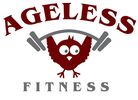
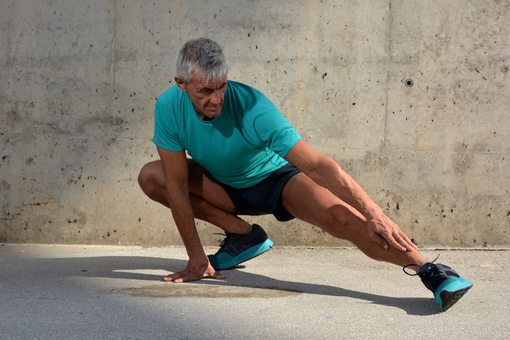
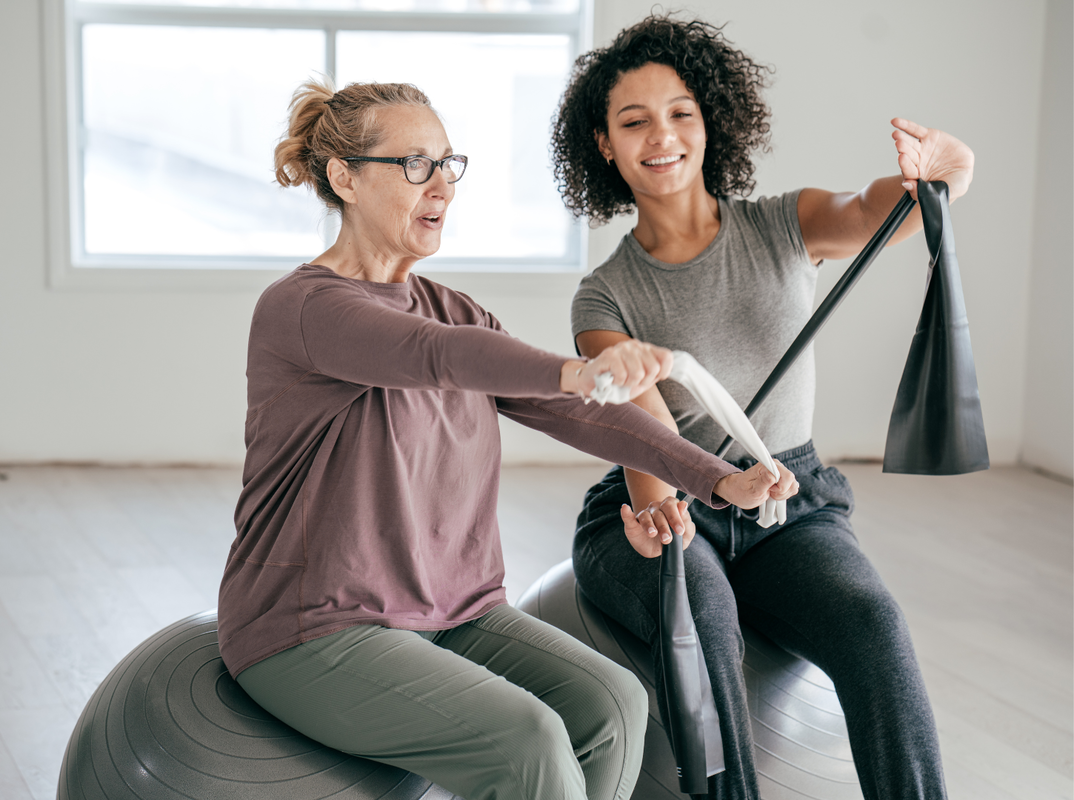
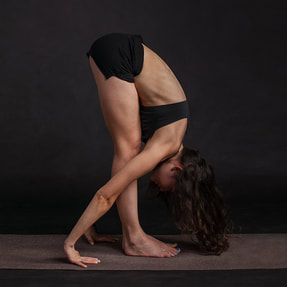

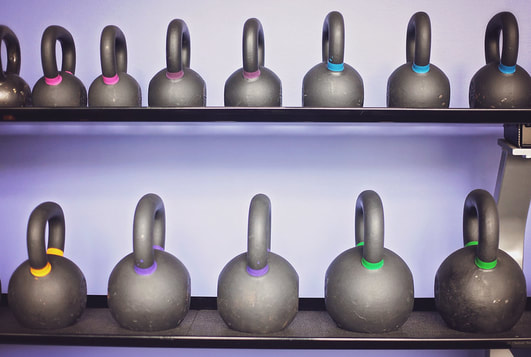
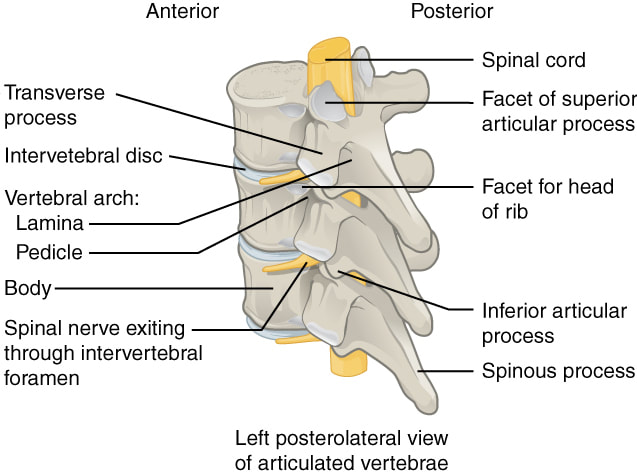
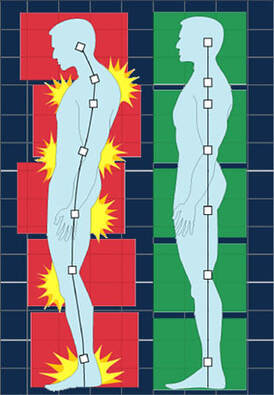
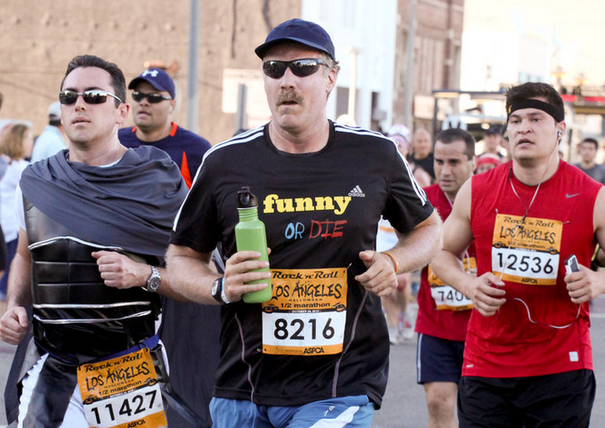
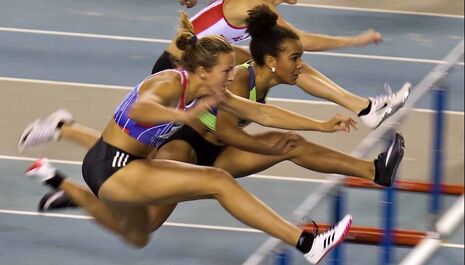
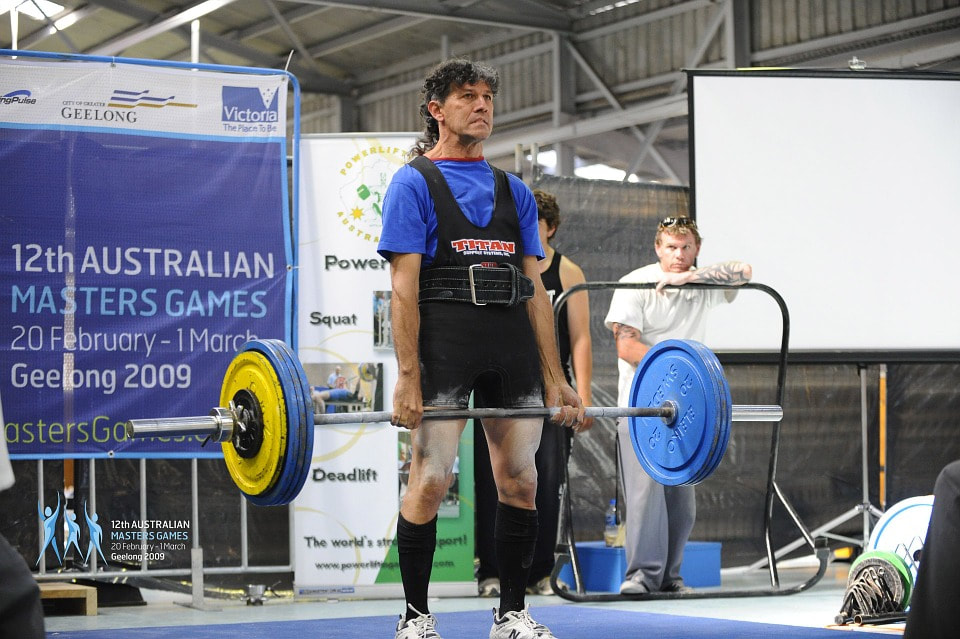
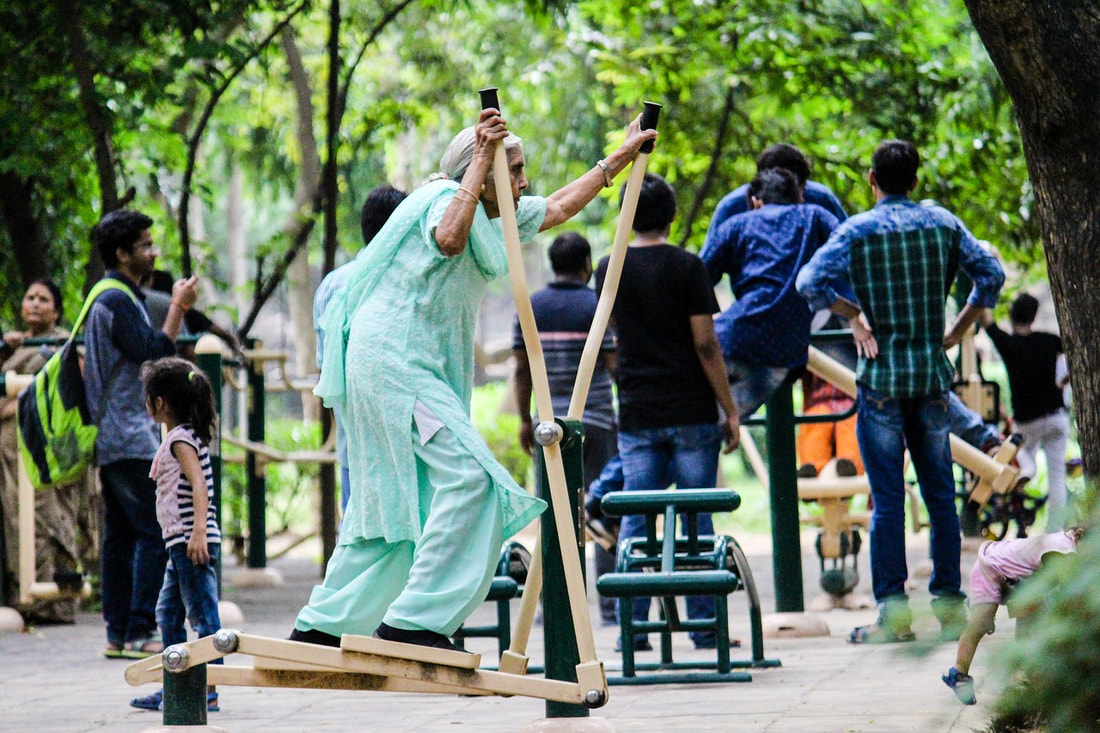
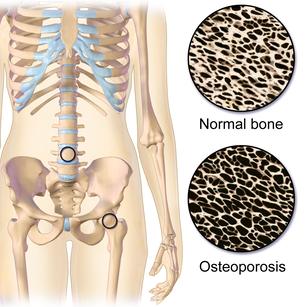
 RSS Feed
RSS Feed